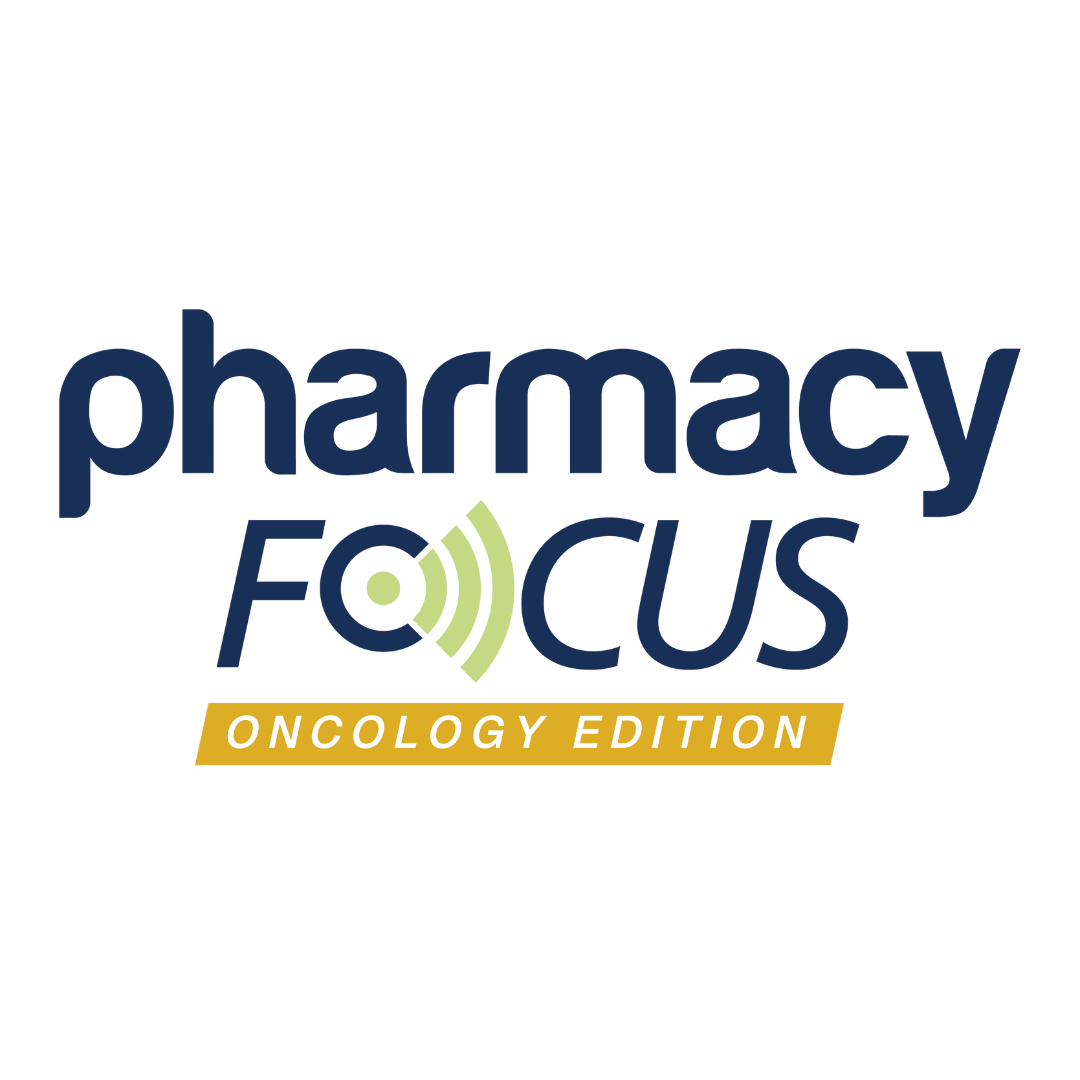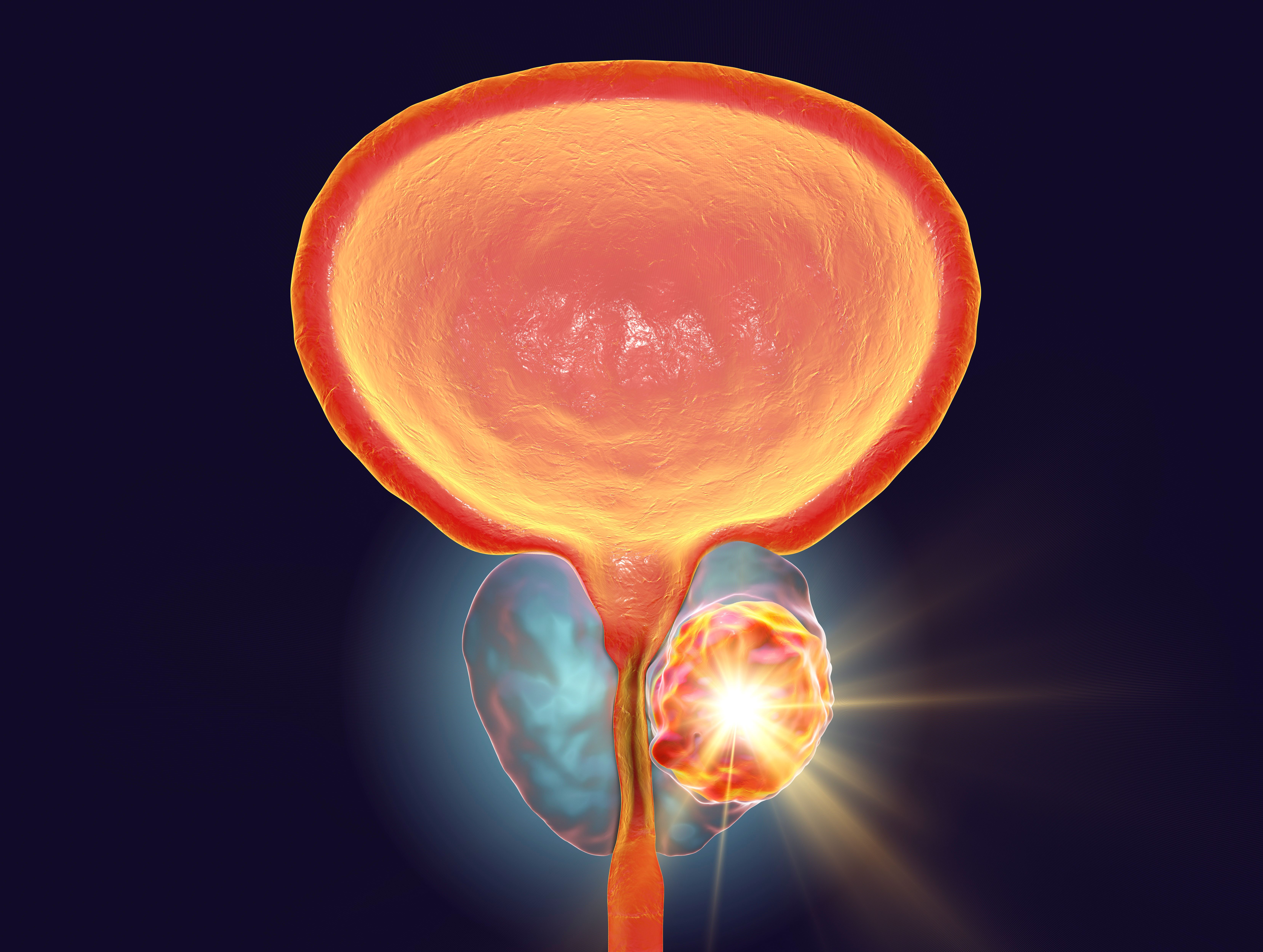Feature
Article
From Tumor Biology to Breakthrough Therapies: The Rise of Personalized Cancer Vaccines
Author(s):
Key Takeaways
- Genomic sequencing advances reveal tumor heterogeneity's complexity and its impact on therapeutic resistance, highlighting the need for individualized approaches.
- Immunotherapy, especially T-cell-based, capitalizes on the immune system's co-evolution with cancer, offering potential solutions to tumor heterogeneity.
Advancements in neoantigen vaccines and immunotherapy are transforming cancer treatment by leveraging genomic sequencing to overcome tumor heterogeneity and therapeutic resistance.
The field of oncology continues to be advanced by developments in genomic sequencing, revealing the complexity of tumor heterogeneity and its implications for therapeutic resistance. By working with the immune system, which co-evolves with cancer, it becomes possible to begin to address some of the complexities of tumor heterogeneity, explained Catherine Wu, MD, a medical oncologist at Dana-Farber Cancer Institute (DFCI) and professor of medicine at Harvard Medical School and DFCI in Brookline, Massachusetts, during a presentation at the 2025 inaugural American Association of Cancer Research Immunotherapy (AACR IO) Conference.1
An artificial intelligence depiction of cellular multiplication of cancer cells. Image Credit: © Thanapong - stock.adobe.com

“We know that it is tumor heterogeneity that is driving tumor evolution and therapeutic resistance. Tumors are not existing in a vacuum. They're coexisting with the immune system,” Wu said during her symposium presentation at AACR IO in Los Angeles, California. “We also know that, unfortunately, by the time that we are often diagnosing or treating our patients with therapy, so much co-evolution has happened at that point [that] the cancer has figured out how to either directly or indirectly inactivate the functional activities of the host immune response.”1
The idea of clonal evolution and the need for individualized therapeutic approaches was evident even in the 1970s, according to Wu. In an article published in Science in 1976, Peter C. Nowell wrote, “One may ultimately have to consider each advanced malignancy as an individual therapeutic problem... Immunotherapy becomes a leading candidate for the easiest means of destroying the remainder of the neoplastic clone.”1
In the current era of immunotherapy, with significant advancements made since Nowell published this statemen in 1976t, there remain ongoing barriers in the path to discovery. However, Wu explained that a significant hope is that it will become possible to harness the special properties of T cells in the service of immunotherapy.1
“It's not a surprise that there are so many different modalities of immunotherapy that are now available to us that each capitalize on these specialized functions,” Wu said.1
One such area of focus is on the development of cancer vaccines, according to Wu. Although interest in the development of cancer vaccines has waxed and waned over the decades, next-generation sequencing (NGS) has more recently reinvigorated this field by enabling the identification of tumor-specific neoantigens.1
“Vaccines have the unique feature of being able to promote immunosurveillance and memory. Vaccines can not only promote expansion and amplification of preexisting responses, but bring in de novo responses, and I think this is really important to the specialized functions of amplifying and expanding tumor-specific T-cell responses,” Wu said.1
Unlike overexpressed tumor antigens, which may be variably immunogenic, neoantigens arise from somatic mutations and are highly tumor specific. The absence of central tolerance to these mutations makes them particularly attractive for vaccine development.1
“Tumor neoantigens really are in a specialized place in the spectrum of different antigen classes, where, by virtue of being born in somatic mutations, they are exquisitely tumor specific in expression and akin to pathogens because these are somatic events, so there's a lack of central tolerance, and so they are highly immunogenic. This is different than shared overexpressed tumor cell antigens that are variably tumor specific and variably immunogenic,” Wu said. “I think it's really the availability of NGS that has allowed us to systematically, comprehensively, and on an individual basis, be able to scan, find those mutations, [and] perform predictions [that can] give us a candidate list of neoantigens that are personal for each individual tumor.”1
Clinical Advancements in Neoantigen Vaccines
Initial studies in high-risk melanoma have demonstrated the feasibility, safety, and immunogenicity of neoantigen vaccines for this disease state in particular, according to Wu.1
Artificial intelligence depiction of melanoma tumor cells. Image Credit: © AugmentArt - stock.adobe.com

“Initial results were in high-risk [adjuvant] melanoma, because it's a high mutation in the tumor [supporting] a genomically-guided approach,” Wu said. “This is where there's a lot of targets that we can go after.”1
Subsequent trials in glioblastoma and pancreatic adenocarcinoma have further validated this approach.1
“There has been a plethora of really fascinating T-cell data that has told us that these vaccines can lead neoantigen-specific T-cells to track to the site of the tumor, that there is epitope spreading, that there can be long-term persistence of neoantigen-specific T cells, and that there can be a promising combination with immune checkpoint blockade.”1
Notably, in the KEYNOTE-942 trial (NCT03897881) led by Jeffrey S Weber, investigators observed improved relapse-free survival (RFS) with a combination of neoantigen vaccines and pembrolizumab (Keytruda; Merck & Co), marking a significant step forward in clinical translation.1,2 This phase 2b study evaluated the efficacy and safety of mRNA-4157 (V940; Moderna and Merck), an mRNA-based individualized neoantigen therapy, combined with pembrolizumab vs pembrolizumab monotherapy in patients with resected high-risk melanoma (stage IIIB-IV). The trial enrolled 157 patients across the US and Australia, randomized 2:1 to receive either the combination therapy or monotherapy.2
At a median follow-up of 24 months, the combination therapy improved RFS (HR 0.561, P=0.053), with 18-month RFS rates of 79% vs 62% in the monotherapy group. The combination therapy was associated with more grade 3 or higher treatment-related adverse events (AEs, 25% vs 18%), though no grade 4 to 5 events were attributed to mRNA-4157. Immune-mediated AE rates were similar between groups.2
Overall, the findings suggest that mRNA-4157 plus pembrolizumab enhances RFS with a manageable safety profile, supporting the potential role of mRNA-based neoantigen therapy in the adjuvant treatment of high-risk melanoma.2
With promising results such as those observed in the KEYNOTE-942 trial, Wu explained that pharmaceutical industry has begun to provide funding for larger studies investigating neoantigen vaccines in the adjuvant and neoadjuvant settings. For example, one study (NCT05933577) investigating melanoma (nearly finished) received funding from Merck and Moderna and enrolled 1089 patients. Another study (NCT06295809) investigating cutaneous squamous cell carcinoma in the adjuvant and neoadjuvant setting (will be commencing soon) also received funding from industry and has enrolled 1000 patients. Other studies include investigations into renal cell carcinoma (RCC, NCT06307431), bladder (NCT06305767), non-small cell lung cancer (NCT06077760), and resected pancreatic ductal adenocarcinoma (NCT05968326), all in the adjuvant setting with between 200 and approximately 900 patients enrolled.1
“Now we're getting—with support from industry—not 10 or 15 patient studies, but rather on the order of 200 and even more than 1000 patients,” Wu said. “I think in the time to come, we'll be able to really, truly look at the clinical impact of such vaccines.”1
There are also phase 1 clinical trials currently in progress that are looking at vaccines in combination with checkpoint inhibitors. One study is investigating melanoma and testing neoantigen vaccine mixed with montanide alongside systemic nivolumab (Opdivo;Bristol Myers Squibb) and a localized injection of ipilimumab (Yervoy; Bristol Myers Squibb). In Wu’s lab, she is working with colleagues on the impact of local ipilimumab given in combination with a neoantigen vaccine for RCC.1
“The design was to take previously untreated patients with high-risk kidney cancer, go through our usual process, which is to predict up to 20 neoantigen candidates per patient, and administer these vaccines to patients with prime boost schedule, so high antigenic exposure up front, and then boosting to kind of stimulate immunological memory, and, of course, dedicated blood collection,” Wu said. “This patient group has a 30% to 50% expectation to recur in 2 years. What was remarkable about our study is really there was no clinical relapses that occurred even with a median follow up of 40.2 months.”1
According to Wu, there were also no dose-limiting toxicities in this patient group.
“From an immunologic perspective, robust immune responses were found in each patient, including against the neoantigens that come from RCC drivers,” Wu said. “For this study, I want to highlight—and I think this is borne out by the growing evidence—that the adjuvant setting is really a very advantageous setting for deployment of vaccines. This is where there’s minimal cancer that is around. It's really a setting where we can launch a robust immune response. Across studies, including our own, we're seeing prolonged RFS and strong immune responses.”1
However, there remain challenges in the road ahead. Specifically, there remains more work in addressing the challenge of tumor heterogeneity to support clinical translational results.1
“For our field, understanding the tumor microenvironment emerges as one of the foremost challenges to unlock. At some level, when we analyze patient biopsies, it's a little bit of tumor immune cell archeology,” Wu said. “There are similarities and stark differences across diverse tumor types. And again, [I’ll make] a plea for intensive study across the tumors that we care about, but there are also major opportunities for novel tumor antigen discovery and prediction and for novel delivery approaches.”1
REFERENCES
1. Wu C. Personalized cancer vaccines: Encouraging results and new opportunities. Presented at: American Association of Cancer Research Immunotherapy; Los Angeles, California; February 22-26, 2025.
2.Weber JS, Carlino MS, Khattak A, et al. Individualised neoantigen therapy mRNA-4157 (V940) plus pembrolizumab versus pembrolizumab monotherapy in resected melanoma (KEYNOTE-942): a randomised, phase 2b study. Lancet. 2024;403(10427):632-644. doi:10.1016/S0140-6736(23)02268-7
Newsletter
Stay informed on drug updates, treatment guidelines, and pharmacy practice trends—subscribe to Pharmacy Times for weekly clinical insights.





